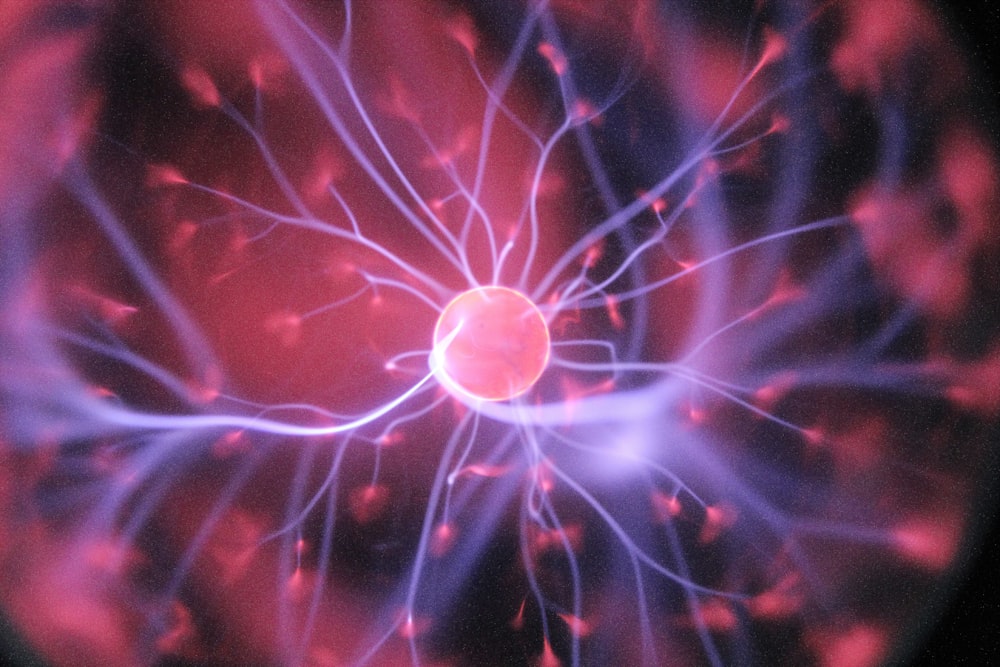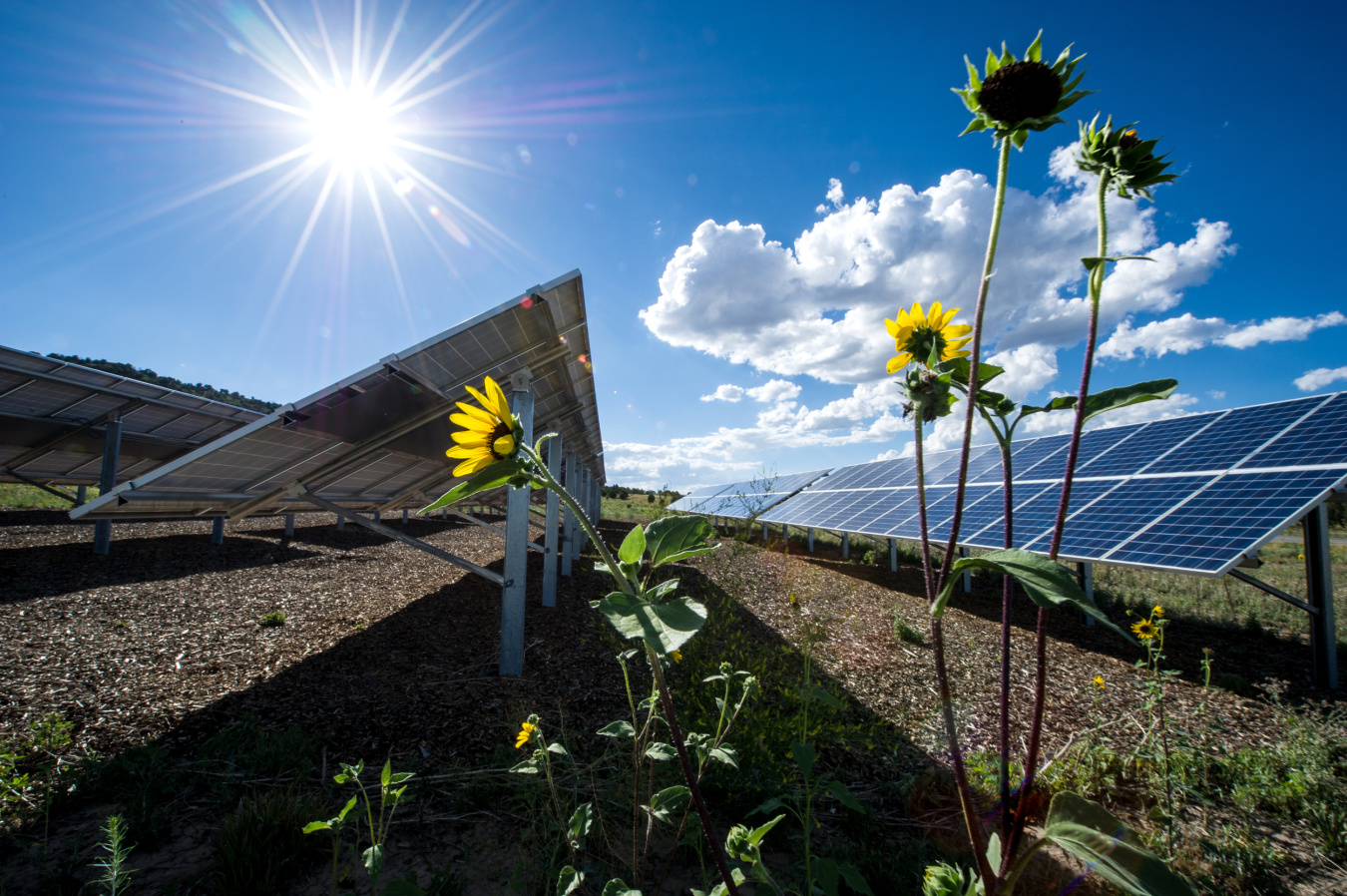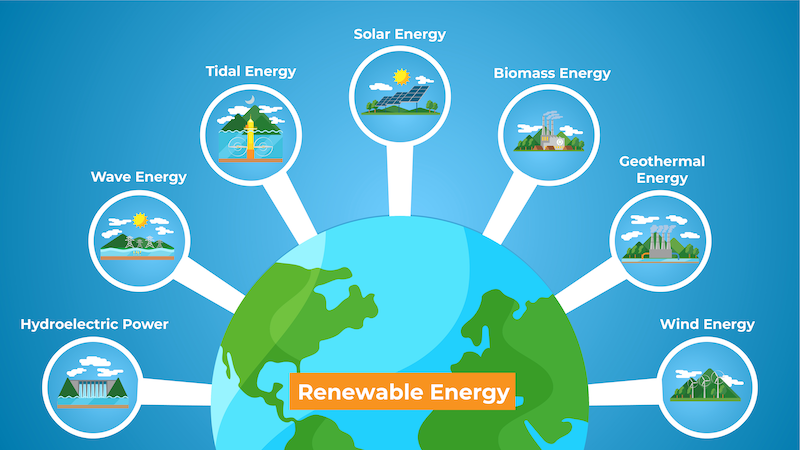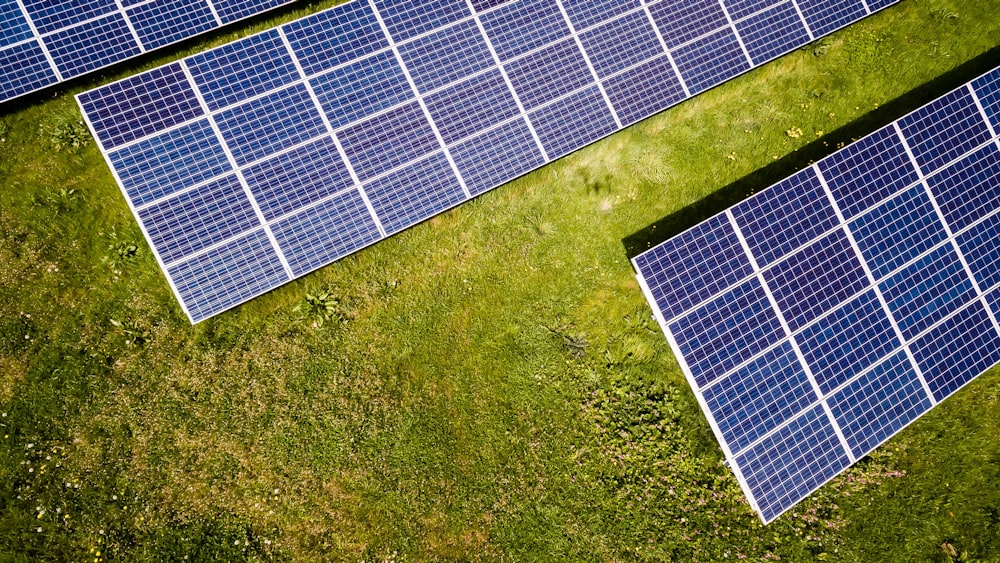Hydrogen Electrolysis Plant: Clean Energy Production
Harnessing the Power of Hydrogen
In the quest for clean and sustainable energy, hydrogen electrolysis plants have emerged as a promising solution. These facilities utilize electrolysis to split water molecules into hydrogen and oxygen gases, providing a renewable and emissions-free source of energy. By harnessing the power of hydrogen, electrolysis plants play a vital role in transitioning towards a low-carbon economy.
The Electrolysis Process
At the heart of a hydrogen electrolysis plant lies the electrolysis process, which occurs within an electrolyzer unit. Water is pumped into the electrolyzer, where it undergoes electrolysis using electricity generated from renewable sources such as solar or wind power. The process splits water molecules (H2O) into hydrogen (H2) and oxygen (O2) gases, which are then captured and stored for use in various applications.
Clean Energy Production
Hydrogen produced through electrolysis is considered a clean and sustainable energy carrier. Unlike fossil fuels, hydrogen combustion emits only water vapor, making it an environmentally friendly alternative for power generation, transportation, and industrial processes. By producing hydrogen from renewable sources, electrolysis plants help reduce greenhouse gas emissions and combat climate change.
Versatile Applications
Hydrogen generated by electrolysis has a wide range of applications across various sectors. In the transportation sector, hydrogen fuel cell vehicles (FCVs) use hydrogen as a clean alternative to gasoline or diesel, emitting only water vapor and heat as byproducts. In industry, hydrogen serves as a feedstock for the production of ammonia, methanol, and other chemicals. Additionally, hydrogen can be used for heating, electricity generation, and energy storage in fuel cells.
Grid Balancing and Energy Storage
Electrolysis plants play a crucial role in grid balancing and energy storage by providing a flexible and efficient means of storing surplus renewable energy. During periods of excess renewable energy production, such as sunny or windy days, electrolyzers can be used to produce hydrogen, which is then stored for later use. When renewable energy generation is low, stored hydrogen can be converted back into electricity through fuel cells or combustion, providing grid stability and reliability.
Cost Reduction and Scalability
Advancements in electrolysis technology have led to significant cost reductions and improved efficiency, making hydrogen electrolysis plants increasingly economically viable and scalable. Innovations such as proton exchange membrane (PEM) electrolyzers and alkaline electrolyzers offer high efficiency, rapid response times, and modular designs that can be easily scaled up or down to meet changing energy demands.
Integration with Renewable Energy Sources
Hydrogen electrolysis plants are ideally suited for integration with renewable energy sources such as solar and wind power. By using excess renewable energy to produce hydrogen during periods of low demand or oversupply, electrolysis plants help balance the grid and maximize the utilization of renewable energy resources. This synergy between electrolysis and renewables enhances the overall sustainability and reliability of the energy system.
Infrastructure Development
The widespread deployment of hydrogen electrolysis plants requires the development of supportive infrastructure, including hydrogen storage and distribution networks. These networks enable the transportation of hydrogen from production facilities to











